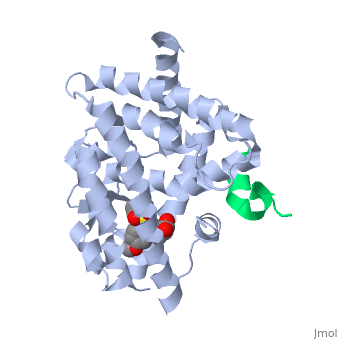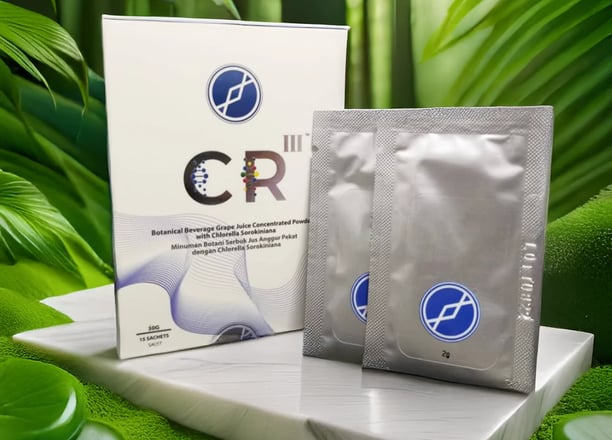About Gary E. Landreth, Ph.D.
He is a leading neuroscientist whose groundbreaking work explores the molecular mechanisms of Alzheimer’s disease (AD). His research focuses on neuroinflammation, beta-amyloid toxicity, and the therapeutic potential of PPARγ agonists to protect the brain. A visionary in neurodegeneration, Dr. Landreth’s discoveries have reshaped our understanding of how to combat Alzheimer’s at the cellular level.


Gary E. Landreth, Ph.D.
Professor of Anatomy and Cell Biology, Indiana University School of Medicine
Build your own dreams
Or someone else will hire you to build theirs. Here is how you can take action – starting today.
Title
Beta-amyloid plaques in Alzheimer’s trigger neuroinflammation, activating microglia (brain immune cells) to release toxic cytokines that destroy neurons.
Inhibition of Beta-Amyloid-Stimulated Proinflammatory Responses and Neurotoxicity by PPARgamma Agonists
Authors
Landreth GE, et al.
Journal
Journal of Neuroscience (2000)
PMID: 10632585


Method Used
In Vitro Models:
Treated microglia and neurons with beta-amyloid to mimic Alzheimer’s pathology.
Applied PPARγ agonists to assess anti-inflammatory and neuroprotective effects.
In Vivo Models:
Tested PPARγ agonists in transgenic mice with Alzheimer’s-like amyloid plaques.
Measured plaque reduction, cytokine levels, and cognitive improvements.
Mechanistic Studies:
Used gene expression analysis to identify PPARγ-regulated pathways (e.g., NF-κB inhibition).
Key Discoveries from the 1999 Paper
Dr. Demetri’s work revealed its unexpected role in cancer biology: activating PPARγ forces malignant cells to mature into harmless fat cells, halting tumor growth.
Neuroprotection
Neuronal survival increased by 50% in cultures treated with PPARγ agonists.


Inflammation Suppression
PPARγ agonists reduced pro-inflammatory cytokines by 70-90% in microglia


Plaque Clearance
Mice treated with rosiglitazone showed 30-40% fewer amyloid plaques.


Cognitive Benefits
Improved memory and learning in Alzheimer’s mouse models.


Why This Matters to Your Health
Alzheimer’s begins decades before symptoms appear. Protecting your brain now is critical.


Natural Ligands: Fatty acids, eicosanoids, and prostaglandins activate PPARs to balance lipid metabolism and inflammation.
Calm Brain Inflammation: Support microglial health.
Promote Neuronal Resilience: Shield against age-related damage.
Enhance Cognitive Longevity: Foster memory and focus.
